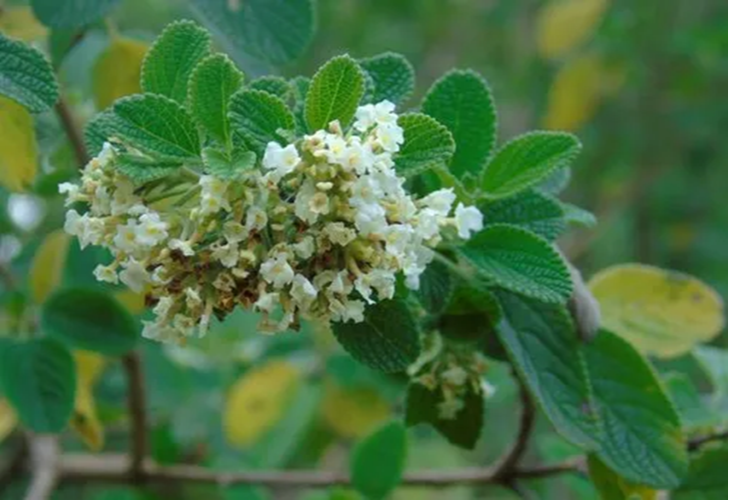Consumers are increasingly shifting toward clean-label skincare, pressuring formulators to replace synthetic preservatives and antioxidants. While conventional additives like parabens and formaldehyde releasers offer some protection, they come with safety concerns—including irritation, allergies, cytotoxicity, and environmental burden. The need for safer, more effective solutions has prompted interest in essential oils (EOs). Among these, Lippia origanoides Kunth—commonly known as Alecrim Pimenta—is rich in thymol and carvacrol, known for potent antioxidant and antimicrobial activity. This study explores its utility in cosmetic creams, both in pure form and encapsulated in β-cyclodextrin.
Methods
Antioxidant activity was measured using DPPH and ABTS assays, while antimicrobial properties were assessed through MIC and MBC against common bacterial strains. Lippia origanoides EO was microencapsulated in β-cyclodextrin for enhanced delivery. Six oil-in-water cream formulations were developed: a negative control, a positive control with synthetic additives, and creams with pure or encapsulated EO. Stability (organoleptic, centrifuge, thermal, pH), antioxidant longevity, and microbiological resistance were tested across all variants.
Key Findings
- Strong Antioxidant Activity:
- Pure EO showed excellent antioxidant strength (DPPH IC₅₀: 2.0 ± 0.02 µg/mL; ABTS IC₅₀: 3.9 ± 0.6 µg/mL).
- Antioxidant Activity Index of 29.6 classified it as “very strong.”
- Broad-Spectrum Antimicrobial Effects:
- EO was effective against E. coli (MIC/MBC: 500 µg/mL) and S. aureus (MIC: 750 µg/mL; MBC: 1000 µg/mL).
- Encapsulation Efficiency:
- β-cyclodextrin encapsulation achieved 77% efficiency, protecting actives and enabling controlled release.
- Stable Formulation Properties:
- All formulations remained physically and visually stable with no phase separation and pleasant consistency.
- Enhanced pH Retention:
- EO-based formulations maintained a skin-compatible pH over time, showing lower acidification compared to controls.
- Sustained Antioxidant Protection:
- Pure EO creams retained high antioxidant activity long-term.
- Encapsulated EO creams increased in antioxidant potential over time, indicating successful delayed release.
- Superior Microbial Protection with Pure EO:
- Formulations with pure EO showed complete resistance to bacterial and fungal contamination.
- Early Fungal Risk in Encapsulated EO:
- Encapsulated EO creams exhibited fungal growth after two weeks, likely due to delayed release limiting early-stage antifungal action.
This study validates Lippia origanoides EO as a dual-action, multifunctional cosmetic additive. In pure form, it significantly boosts microbial safety and antioxidant resilience in creams—surpassing traditional preservatives. The encapsulated form offers time-released antioxidant benefits, though its antifungal capacity needs refinement for standalone preservative use. Altogether, the findings align with clean beauty trends while spotlighting Brazil’s biodiversity as a source of eco-conscious innovation. To scale up, further work should evaluate industrial costs, ISO challenge test compliance, and long-term formulation performance for commercial viability.
Link to the study: https://www.mdpi.com/2079-9284/12/4/160

